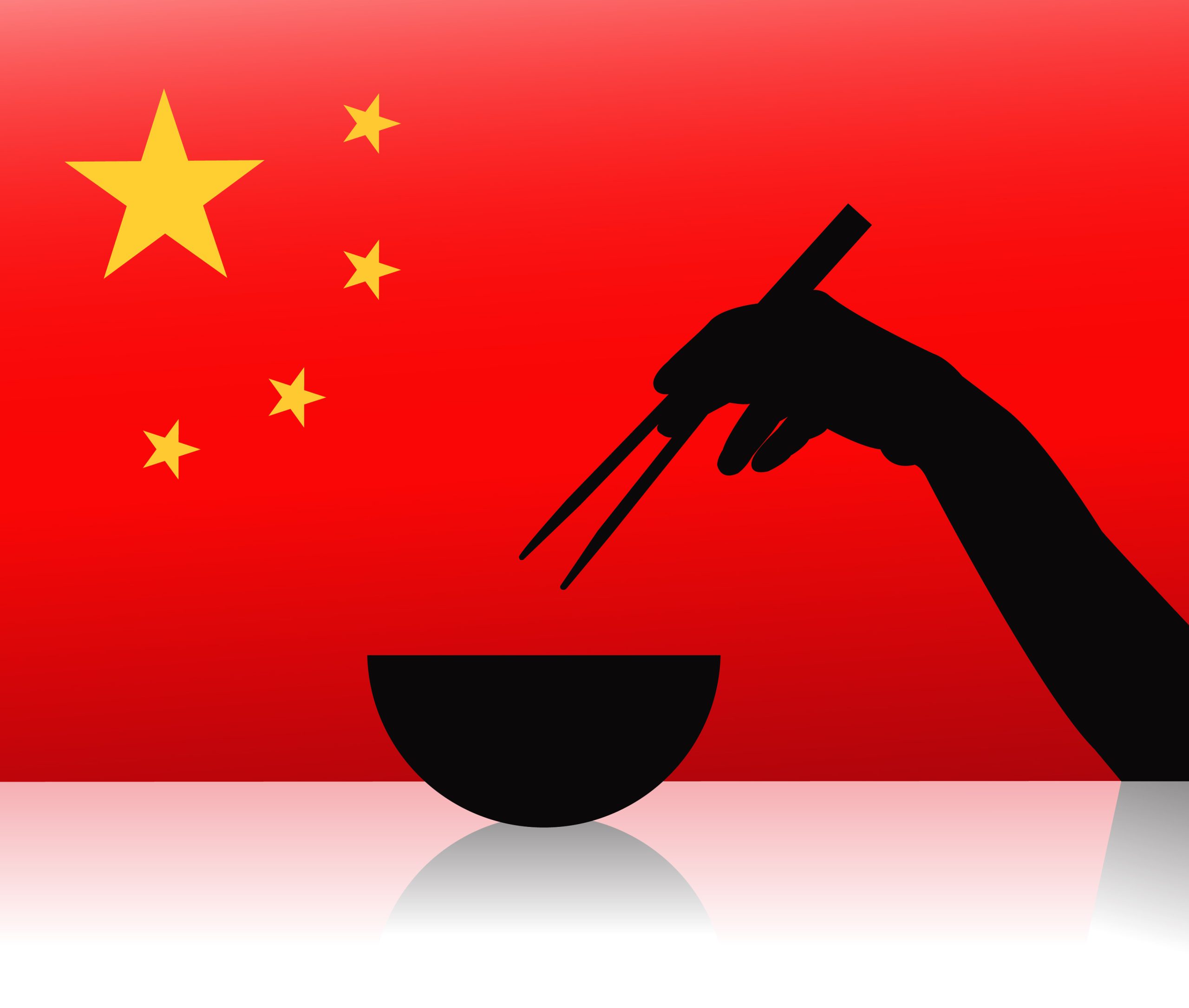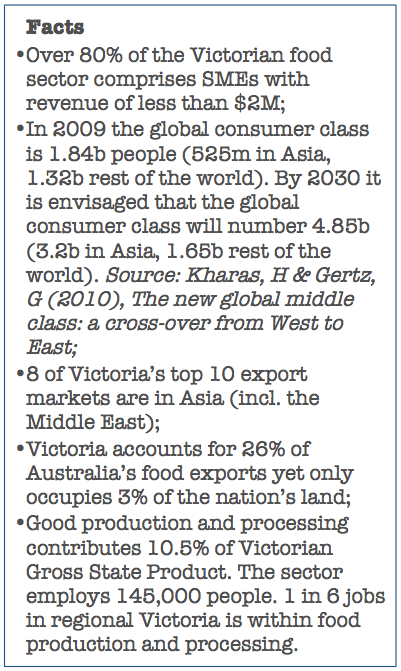Social Media – To be, or not to be? A case study.
By Angus Nicholls
The reports that were published last week regarding a social media attack by anti-Halal groups on the Fleurieu Milk and Yoghurt Company (FMYC) started me thinking. Do all companies need a social media presence? The next thought was what other actions, rather than dropping Halal certification (and, as a consequence, a $50,000 contract with Emirates), could have been pursued?
With regard to a social media presence, my opinion is that not every company needs to be there. I accept that this is probably an unpopular stance amongst most communication practitioners on the basis of being “left-behind.” However, my position is informed by the simple proposition of whether social media is tangibly contributing to your business, rather than just following the herd.
Given that forward planning is an essential element of business, the key questions that I would use to assess whether to establish and/or maintain a presence on social media are:
- Does the business require social media to engage and interact with our customer base (understanding your customer demographics is essential to accurately answering this question)?
- Is our presence generating and/or underpinning sales?
- Is social media contributing to the development of our brand?
- Do we have the resources to keep our presence up-to-date, monitored, and interactive?
In short: Is social media directly relevant to our activities?
I would further argue that unless there is a specific strategy in place for the use of social media that there are two particular categories that it does not sit comfortably with: Small businesses with a tight resource base (human and financial), and perishable products. That is not to say that businesses in these spheres should not have an online presence.
From my reading of the reporting on FMYC it looks as if they suffered the perfect storm: Some unreasonable online zealots attacking their business pursuing an unrelated agenda; the company adopting a course of action to placate their detractors (it would seem as a symptom of not having the resources available to comfortably manage the issue); losing a contract for a product that generally does not require Halal certification by most Muslims; and suffering yet more opprobrium for backing down in the face of the attack that the business had endured.
In line with our philosophical position that if you are going to commentate, it is always important to make practical and constructive contributions in parallel. So what would have we recommended to a client in this situation.
- Do not panic.
- Decide a course of action. We would have recommended holding the business’ position, and explaining why that was the right thing to do based on facts and the values of the business.
- Develop a standard online response (for use across all online platforms).
- Establish a set of talking points for telephone enquiries, importantly including a polite way to exit the conversation so as not to waste excessive time.
- Alerting key customers (i.e. Emirates) to the situation and explaining the course of action that had been decided upon, and seeking their support and third party endorsement.
- Develop and release a statement to the media outlining the issue and FMYC response, as well as the rationale justifying the response.
- Establishing a monitoring regime, escalation/de-escalation triggers, as well as defined escalation/de-escalation actions.
I am the first to admit that it is always much easier to have an opinion in retrospect, however the core element to any form of great communication is exceptional planning. That is what we here at ICG/RMA do.
Furthermore, I hope that other Australian businesses either do not have to endure the online thuggery that FMYC have recently had to (sadly I suspect that this is a forlorn hope given how courageous anonymous online operators seem to be); or that they are at least prepared to protect their values and operations in the face of any unreasonable attack that may be launched against them.





